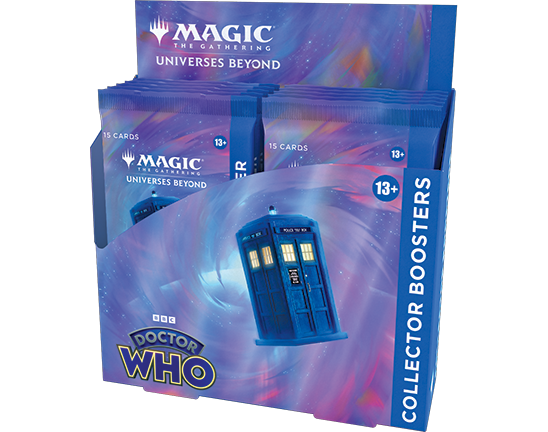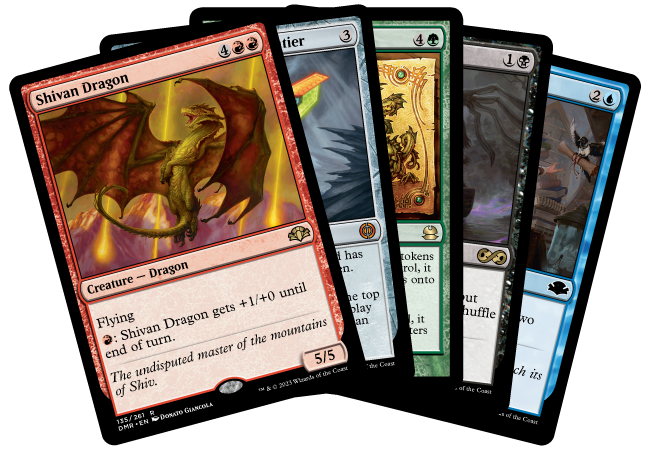Recommended News On Deciding On Magic The Gathering Cards Prices
What Are Magic: The Gathering Trading Card?Magic: The Gathering (MTG) is a collectible cards game created by mathematician Richard Garfield and published by Wizards of the Coast. It was released in 1993, and has gained recognition since then.
Gameplay: Players play the role of powerful wizards known as "planeswalkers" and make use of decks of cards representing the magic of spells, creatures artifacts, and much more to beat their opponents.
Cards- There are a variety of kinds of cards. They comprise artifacts, creatures (enchantments) planeswalkers, spells, and lands. Each one has its unique properties and effects.
Deck Building - Players build their decks by using at least 60 cards. Decks can use different colors of mana.
Game Goals. The goal of the players is to reduce the life total of their opponent from 20 to 0 by summoning creatures, casting spells and using their cards strategically.
Trading Cards
Collectorship- MTG cards are collectible and come in a variety of designs, rarities, and abilities, making some cards highly sought after by players and collectors.
Expansions Sets- The games release new sets or expansions on a regular basis, adding new mechanics to the game as well in new themes and card designs.
Value and the Market Certain rare and powerful cards particularly, could have significant monetary values in the second market where people purchase, trade and sell cards.
Playstyles and formats
Standard - This model uses the latest sets with a constantly rotating pool of cards.
Modern, Legacy, and Vintage- Allow cards from earlier sets, catering to different styles and preferences.
Limited Formats - Sealed or Draft formats, in which players build decks using a pool of limited cards. This creates a sense of randomness and strategy.
Community and competitions
Local and global community- Game stores are where players meet, at tournaments and conventions for socializing, trading and playing.
Competitive Play includes organized tournaments, championships and professional events that provide significant prize money.
Cultural Impact
MTG has an avid audience and has had a profound influence on other media like comics, games for video and online content more.
In the end, Magic: The Gathering is a sophisticated and strategic card game that combines elements of luck, skill and deck-building, offering diverse gameplay experiences for players at all levels. Follow the recommended magic cards value for blog recommendations including cards for sell, best magic of the gathering cards, magic the gathering cards, mtg magic decks, sell cards, magic tcg prices, buy mtg, magic the gathering cards search, magic card sets, mtg sets and more.

What Can Mtg Magic The Gathering Enchantment Cards Be Used For? What Are The Pros And Cons?
Magic: The Gathering's enchantment cards represent ongoing magic effects that can have a variety of outcomes on the game. They remain on the battlefield once cast and provide continuous effects or abilities. The pros and cons of each.
Persistent effects – Enchantments remain on the battle field until they are taken off. They may provide ongoing advantages or constantly alter the state of play. They are able to alter the game so long as they are in play.
Diverse Effects - Enchantments can have many different effects. They are able to increase the power of creatures, change the rules of play, give card advantages, or even serve as an incentive to win. They are able to be used in a variety of strategies.
Synergies. The enchantments of cards can work together to make powerful combinations with other cards types like artifacts, creatures and spells.
Certain spells are difficult to removeCertain spells are able and defenses that make it difficult to get rid of they give the user an advantage for a long duration.
Cons-
The vulnerability of removal-enchantments like others permanents (non-creatures) can be targeted by spells that target them and are then destroyed. This vulnerability exposes the enchantments to strategies for removal.
Resource Cost- Some potent spells have high mana cost which makes them difficult to cast early in the game. This might delay a player's strategy or make them vulnerable in the beginning.
Dependence on Other Cards Some enchantments may require support from other cards in order to work, and their impact might be restricted if they do not have the required support or configuration.
Situational Effects- Certain enchantments may have situational or specific uses, which makes them less effective or even unusable in certain matchups or game states.
Enchantment Cards can have powerful effects that will be in play all through the game. They could have a significant impact on the outcomes of a match. Because of their potential for long-term impact, they are an important part of many Magic: The Gathering deck strategies. When adding these cards to the deck, it is crucial to take into consideration their susceptibility to being removed as well as the possibility of them becoming dependent on other cards. Take a look at the recommended mtg card value for more recommendations including magic videogame, magic tcg sets, magic formats, mtg finance, magic card type, the gathering mtg, mtg card lot, magic the gathering cards value, mtg finance, best magic cards and more.

What Exactly Does Magic: The Gathering Deck Design Do? What Are Pros And Pros And
Deck building in Magic: The Gathering is the process of assembling cards into a coherent and effective strategy for competing against your rivals. There are pros and cons-
Customization – Players have the option to alter their decks to fit their personal preferences and style of play. This allows players to be creative and customize their gameplay.
Strategic Depth- Deck construction is a fundamental aspect of the game. It requires the ability to think strategically, understanding of synergies among cards, and knowing the meta (popular strategies used in the game) to create strong and efficient decks.
Ability to adapt - Players are able to adjust their decks to the changing metagame by making adjustments to combat popular strategies or to adapt to new opportunities.
Deck Construction lets you express your personality and creativity by selecting themes, decks and the overall deck plan.
Cons-
Resource Limitation - The decks that players possess or have access to limit their choices. Sometimes, the acquisition of specific cards to build a deck is expensive or requires significant trade and purchasing.
Balance Challenges. Making a balanced deck capable of handling different scenarios and strategies can be difficult. A deck too focused on one area could have difficulties with certain types of matchups.
Complexity of Deck Construction for New Players The deck-building process is often confusing due to the sheer number of cards, as well as the difficulty of constructing a competitive and well-integrated deck.
Meta dependence- Creating decks solely based on current meta can result in predictability and lack of originality. Some players can follow trends instead of exploring innovative strategies.
Deck construction is a fun and essential part of Magic: The Gathering. It gives players a chance to display their creativity, skill, and strategic thought. While it provides the flexibility and individualization that players desire however, it also brings problems such as resource limits and the need for balance in the game. Deck construction is an extremely challenging part of the game of cards, but it is also rewarding. Take a look at the top places that buy magic the gathering cards for site recommendations including magic card type, magic gathering, magic the gathering buy, magic card game, magic card game, magic trading cards value, trading card collection, mtg top cards, sell magic cards, magic the gathering cards prices and more.
